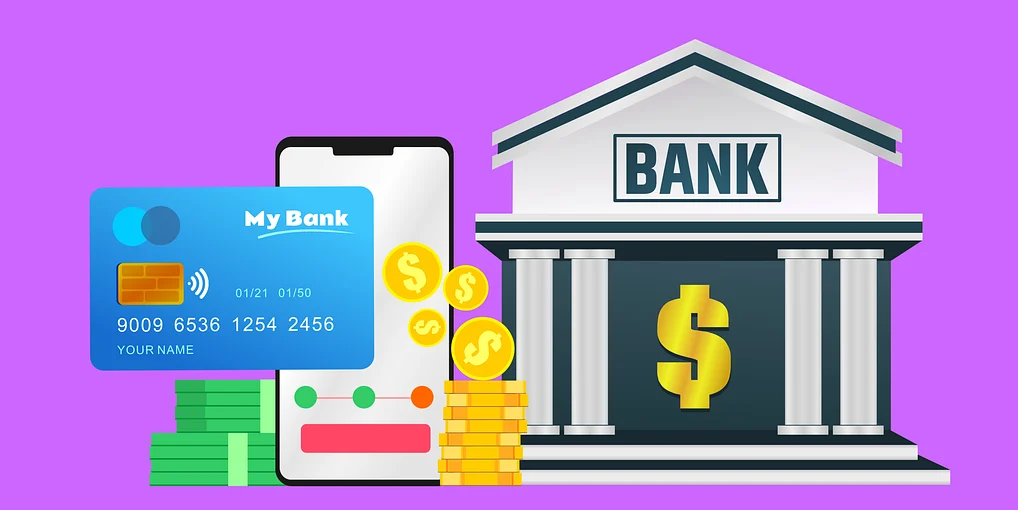In an era where digital transformation is reshaping every aspect of our lives, cryptocurrency has emerged as a powerful tool for financial inclusion. According to recent data, there were more than 560 million crypto users worldwide by the end of 2024, representing approximately 6.9% of the global population. This growing adoption isn’t just a trend—it’s a revolution that’s bringing financial services to previously underserved populations across the globe.

The Global Financial Inclusion Challenge
Understanding the Unbanked Population
Billions of people worldwide lack access to basic financial services. Traditional banking infrastructure has consistently failed to reach remote areas and serve lower-income populations, creating a significant gap in financial inclusion. This gap is particularly pronounced in developing regions across Africa, Asia, and Latin America.
The Cost of Financial Exclusion
Without access to basic financial services, individuals face numerous challenges:
- Limited ability to save money securely
- High costs for basic financial transactions
- Difficulty accessing credit and building financial history
- Vulnerability to theft and financial exploitation
- Barriers to participating in the digital economy
How Cryptocurrency is Bridging the Financial Gap
1. Reduced Transaction Costs
One of the most significant advantages of cryptocurrency transactions is their cost-effectiveness, with fees as low as 0.01% to 0.10% of the total amount—up to 127 times cheaper than traditional methods. This dramatic reduction in costs makes financial services accessible to populations that previously couldn’t afford traditional banking fees.
2. Mobile-First Solutions
Africa leads the world in digital and mobile banking adoption, demonstrating how cryptocurrency can leverage existing mobile infrastructure to provide financial services. With just a smartphone and internet connection, individuals can access a full suite of financial services without needing physical bank branches.

3. Cross-Border Transactions
Blockchain-based remittance systems facilitate near-instant transactions by eliminating intermediaries and enabling direct peer-to-peer transfers. This innovation is particularly crucial for migrant workers sending money home to their families.
Case Studies: Cryptocurrency Adoption in Developing Regions
El Salvador: A National Experiment
El Salvador made history in September 2021 by becoming the first nation to adopt Bitcoin as legal tender. The government’s vision included:
- Encouraging foreign investment
- Expanding financial inclusion for the unbanked
- Providing the nation with an uncorrelated reserve asset
Africa’s Crypto Revolution
In Kenya, mobile money remains dominant, while Nigeria has seen significant crypto adoption. The continent’s young, tech-savvy population has embraced cryptocurrency as a solution to:
- High inflation in local currencies
- Limited access to traditional banking services
- Cross-border trade barriers
- Expensive remittance costs
Asia-Pacific Leadership
The Central & Southern Asia and Oceania (CSAO) region leads the world in cryptocurrency adoption, demonstrating how digital assets can transform financial services in developing economies.
Benefits for Underserved Populations
1. Financial Sovereignty
Cryptocurrency provides users with:
- Direct control over their funds
- Independence from traditional banking systems
- Protection against currency devaluation
- Ability to participate in the global economy
2. Economic Opportunities
Cryptocurrencies can promote international trade by providing a global, decentralized, and transparent payment system. This opens new opportunities for:
- Small businesses to access international markets
- Entrepreneurs to receive payments globally
- Individuals to invest in global assets
- Communities to develop local financial services

3. Innovation in Financial Services
The cryptocurrency ecosystem has spawned numerous innovations:
- Decentralized finance (DeFi) platforms
- Peer-to-peer lending services
- Microfinance solutions
- Digital identity systems
Challenges and Considerations
1. Regulatory Framework
While cryptocurrency offers numerous benefits, regulatory challenges include:
- Varying legal status across jurisdictions
- Need for consumer protection measures
- Anti-money laundering compliance
- Tax implications
2. Technical Barriers
Some challenges to adoption include:
- Digital literacy requirements
- Internet connectivity needs
- Smartphone access
- Understanding of cryptocurrency security
3. Market Volatility
The volatile nature of cryptocurrency prices can pose risks for users in developing economies who cannot afford significant value fluctuations.
The Future of Financial Inclusion Through Cryptocurrency
The global cryptocurrency market is projected to reach $5 billion by 2030, suggesting continued growth in adoption and innovation. Key trends to watch include:
- Stablecoin Adoption: Digital currencies pegged to stable assets may provide a less volatile option for daily transactions.
- Central Bank Digital Currencies (CBDCs): 134 countries representing 98% of global GDP are exploring CBDCs, which could further bridge the gap between traditional and digital finance.
- Improved Infrastructure: Development of more user-friendly interfaces and educational resources to facilitate adoption.
Conclusion
Cryptocurrency represents a powerful tool for financial inclusion, offering unprecedented access to financial services for underserved populations worldwide. While challenges remain, the continued growth and innovation in this space suggest that digital assets will play an increasingly important role in achieving global financial inclusion.
As adoption grows and technology evolves, cryptocurrency’s potential to transform financial services for the world’s unbanked population becomes increasingly clear. By providing accessible, affordable, and efficient financial services, cryptocurrency is not just changing how we think about money—it’s changing who has access to it.

